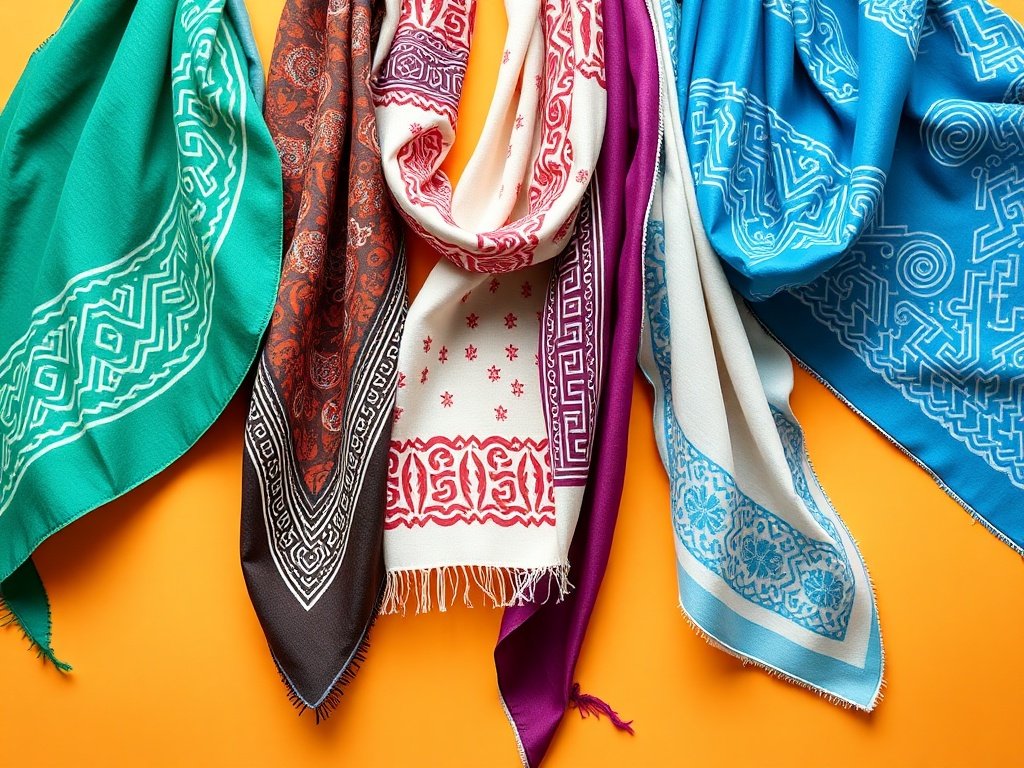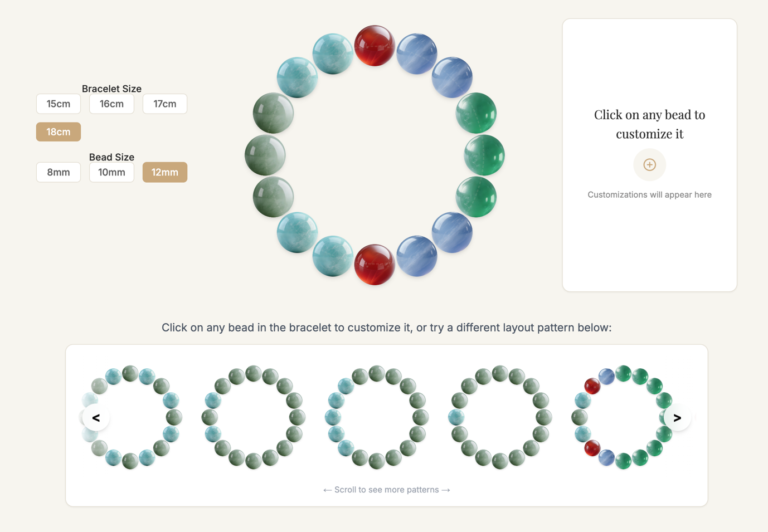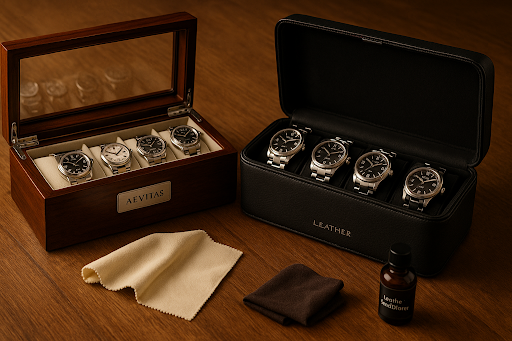
You’ve seen the black-and-white check scarf everywhere—on streets, campuses, and runways. That’s the keffiyeh scarves (also called kufiya, shemagh, hatta, ghutra depending on region). Here’s a simple, respectful guide to what it is, how it’s worn, and what it symbolizes in 2025.
What is a keffiyeh?
A square woven scarf, typically cotton or a cotton blend, with a distinctive check or net pattern and tasseled edges. Sizes usually range from 100–120 cm per side (bigger = easier to wrap). It’s designed for sun, wind, and dust protection—a practical staple across the Middle East and North Africa for generations.
Common names by region
- Keffiyeh / Kufiya: Levant (Palestine, Jordan, Syria, Lebanon)
- Shemagh / Hatta: Arabian Peninsula (Saudi, Gulf states)
- Ghutra: Often used for plain white versions in Gulf countries
Patterns & colors
- Black-and-white: Widely linked to Palestinian heritage
- Red-and-white: Common in Jordan and the Gulf (shemagh)
- Solid white: Formal Gulf attire (ghutra)
- Modern takes: olives, sand, navy—streetwear-friendly but still rooted in function
A quick origin story (no jargon)
Before it became a global fashion item, the keffiyeh was field gear—worn by farmers, herders, and travelers for shade and dust protection. Over the 20th century, it also became a marker of identity in parts of the Arab world, especially the black-and-white Palestinian kufiya.
What the keffiyeh symbolizes today
- Heritage & identity: For many, especially Palestinians and their diaspora, it signifies belonging, resilience, and cultural memory.
- Solidarity: Around the world, people wear the keffiyeh to signal support for Palestinian rights and broader social justice movements.
- Utility & style: At the same time, it’s still a practical scarf—great for sun/wind—and a minimalist accessory that pairs with modern wardrobes.
Key point: meanings can be deeply personal. If you’re wearing it without that cultural connection, approach with respect and awareness of its significance to others.
How to wear a keffiyeh (3 easy wraps)
1) Classic neck drape (everyday)
- Fold the square into a triangle.
- Place the long edge across your chest; ends go around your neck.
- Tie once behind the neck or let ends hang. Fluff the front for coverage.
2) Bandit wrap (wind/dust days)
- Triangle fold.
- Point of triangle over your mouth/chest.
- Wrap ends behind your neck and tie; pull the point up/down as needed.
3) Head wrap (sun protection)
- Triangle fold.
- Place across head so the fold sits at your hairline; tails hang evenly.
- Cross tails under your chin, wrap around the head, and tuck at the back.
- Optional: secure with an agal (black cord) if you have one.
Style notes (18–40 crowd)
- Minimal street: Black tee, relaxed chinos, sneakers + black-and-white keffiyeh.
- Earthy tones: Olive jacket, sand cargos, desert boots + sand/olive keffiyeh.
- Smart casual: Navy overshirt, dark denim, loafers + subtle patterned keffiyeh.
- Cold weather: Layer under a coat; keep the knot low and flat to avoid bulk.
Materials & quality checklist
- Fabric: 100% cotton is breathable; cotton-viscose blends drape well; avoid scratchy synthetics.
- Weave: Tight, even weave = durability and crisp pattern.
- Size: 110–120 cm squares are most versatile.
- Edges: Proper tassels and finished hems (no loose, unraveling threads).
- Ethics: If possible, support authentic producers and transparent supply chains.
Respectful-wear etiquette
- Know the context. Understand that the keffiyeh carries cultural and political meaning for many.
- Avoid costume vibes. Treat it as a real garment, not a prop.
- Be open to conversation. If someone asks why you’re wearing it, share your reasons respectfully.
- Religious spaces/events: Follow local customs and dress codes.
Care & longevity
- Wash cold, gentle cycle (or hand wash).
- Air dry flat to protect tassels and prevent shrink.
- Steam to relax creases; light iron on the reverse if needed.
- Travel tip: Roll it; it doubles as a lightweight pillow or sun shade.
FAQs
Is a keffiyeh only for certain cultures?
It’s rooted in Arab cultures, with the black-and-white kufiya strongly tied to Palestinian identity. People from many backgrounds wear it—ideally with awareness and respect.
Can I wear it purely as a fashion item?
You can, but know its significance. If you’re unsure, keep styling simple and minimal and be ready to engage respectfully if asked.
What’s the difference between keffiyeh, kufiya, shemagh, and ghutra?
Same family, regional names and variations: keffiyeh/kufiya (Levant), shemagh/hatta (often red-white in the Gulf/Jordan), ghutra (plain white, Gulf formal wear).
What pattern should I choose?
For cultural or solidarity wear, black-and-white is iconic. For neutral styling, olives/sand/navy are versatile.
Final word
The keffiyeh is more than a scarf: it’s a blend of function, culture, and meaning. Worn thoughtfully, it offers real utility and a timeless aesthetic—while acknowledging the stories it carries.






